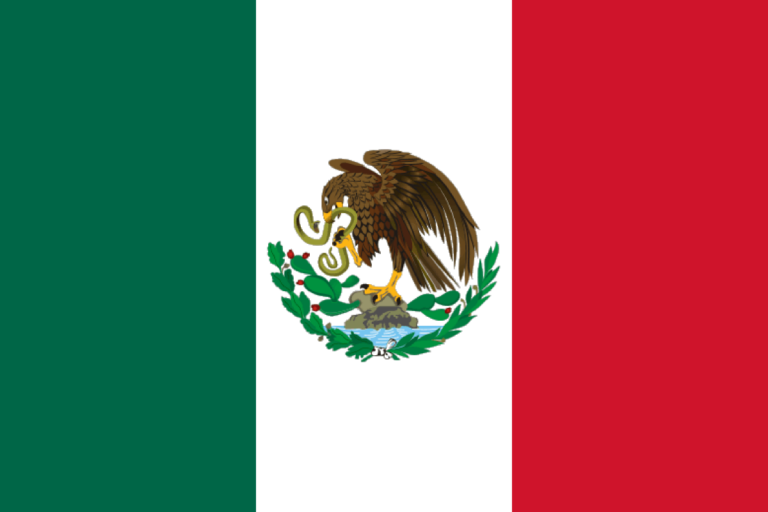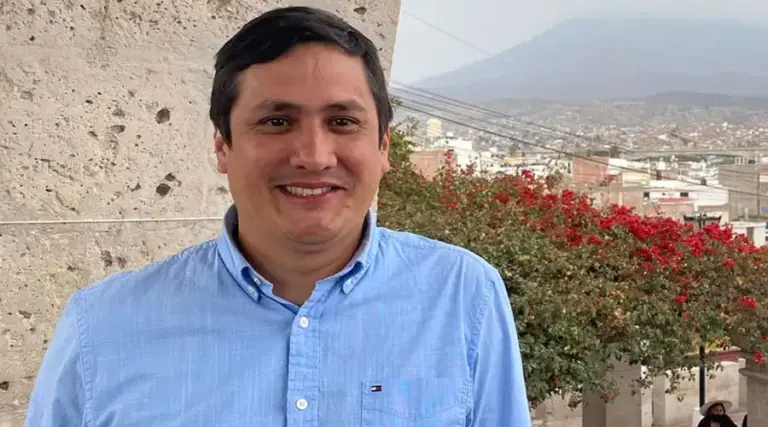On 18 April l996 Population Research Institute released a report detailing the efforts of the International Planned Parenthood Federation (IPPF) to legalize and promote abortion around the world. Quoting from IPPF’s own documents, this report makes it clear that abortion is a principal focus of the ‘parenthood’ the federation plans. We offer a summary of the report below.
IPPF’s background
The international Planned Parenthood Federation (IPPF), founded in 1952 in Bombay, is the largest population control organization in the world. Through its 140 national affiliates, called family planning associates (FPAs), IPPF exerts unparalleled influence on national policymaking regarding population issues. Over the past 25 years, it has spent the equivalent of over two billion U.S. dollars—mostly provided by the governments of developed countries—in pursuit of its goals.1
IPPF’s original mission was “[t]he initiation and support of family planning services throughout the world.” Although it has in recent years sought to change the public perception that it is a pure “population control” organization, emphasizing such principles as “responsible parenthood” and the “health of families and young people,”2 its original mission remains paramount.
No other organization has done more to spread abortion throughout the world than the International Planned Parenthood Federation. Not satisfied to rest on its laurels, the IPPF has forcefully and repeatedly stated its intention to assist in the legalization of abortion in every country of the world, regardless of the means used, and has also voiced its willingness to equip abortion centers and provide the expertise required to perform abortions on a massive scale.
“Vision 2000”
The most definitive statement of IPPF’s total commitment to the worldwide legalization of abortion is contained in its 1992 Strategic Plan — Vision 2000, which was unanimously approved by its 140 FPAs.
In this Vision 2000 document, which constitutes the “marching orders” for all member FPAs, the IPPF repeatedly and unambiguously calls for legalization of abortion in countries where the procedure is currently unlawful;
[IPPF and its member associations] …Give special emphasis to maternal and child health and notably to the elimination of unsafe abortion, through information, advocacy and access to family planning and safe abortion services. Activities: FPAs …Where appropriate, include information on the rights of women to access to safe abortion… Analyze, and advocate for changes in restrictive national laws, policies, practices and traditions… Collaborate with other national organizations in promoting sexual and reproductive health services in an effort to bring pressure on governments to remove barriers to access [to abortion]… To eliminate the high incidence of unsafe abortion, and increase the right of access to safe, legal abortion… Actively campaign to reduce levels of unsafe abortion and to improve access to safe abortion services where permitted… Provide in formation and technical expertise to assist FPAs in activities related to reducing unsafe abortions and improving access to safe abortion services… Where legislation is restrictive, analyze, interpret and provide information on provisions in the law regarding safe abortions, and campaign for policy and legislative change to remove restrictions against sate abortions. Where legislation permits abortion, inform women of their legal rights to safe abortions, provide confidential information and counseling on how to obtain a safe abortion; provide access to sate abortion services; continually improve access to these services; and condemn incidents of any political, administrative or social barriers curtailing this right. Whenever possible, enter into a dialogue with political, religious, and cultural opinion leaders to liberalize their attitudes towards safe abortion.
Objective 4: Examine the current health care provision for the treatment of incomplete abortions and actively work to ensure that adequate and humane services are in place…
The Mauritius conference
Many of the IPPF’s international and regional conference summaries also describe the organizations philosophy and strategies regarding the legalization of abortion. For example, in the summary of its 1994 Mauritius Conference, the IPPF states its general belief that “Safe abortion is a medical procedure that can save lives and protect health: it is unethical to withhold it.” Dr. Richard Turkson, Legal Counsel for IPPF’s Africa Region, very clearly outlines the organizations overall strategy in the same document: “Legal reform [of abortion laws] will have to take the form of a gradual expansion in the scope of permissible abortions until the exceptions become the general rule and vice versa.”
Other means
Vision 2000 and the Mauritius Conference summary are certainly not isolated statements of the IPPF’s political support for abortion legalization. Calls for “reform,” “repeal,” and “legalization” of abortion laws, and participation in the widespread implementation of abortion services themselves, permeate all of the IPPF’s publications. Among many scores of examples, the IPPF Medical Bulletin has stated that:
FPAs should assist health professionals to implement safe abortion services and to facilitate women is unrestricted access to these services.
Where safe [abortion] services are legal, but currently provided only in a few limited facilities, FPAs should take on a pioneering role in conducting research to identify culturally appropriate strategies and approaches for extending safe [abortion] services…
FPAs could play a role in preparing the ground for the use of new technologies, by keeping up to date with new developments and keeping governments anti service providers informed of the available safe [abortion] techniques…
FPAs could also conduct research into the cultural appropriateness of the different safe abortion techniques.
The Mexico City Policy
The IPPF also demonstrated its absolute and unwavering commitment to abortion when it opted to give up United States funding in 1985 rather than comply with the Mexico City Policy, which stated that the U.S. would not continue to fund organizations which were involved in any way with population programs promoting abortion.
The IPPF was warned that, unless it ceased to fund the coercive Chinese population control program, it would lose all monetary support from the U.S. government. The IPPF refused to give any such assurances and, in 1985, lost its U.S. funding. Daniel Weintraub, Vice-President for International Programs for the Planned Parenthood Federation of America (PPFA), a member of the IPPF, said to a Planned Parenthood legislative conference held in Madison, Wisconsin, on 12 March 1985 that:
I know that there are some people in our own country… who sincerely believe that we should compromise, we should accept the Administration’s [Mexico City] policy. And the argument goes that after all abortion in our international programs is only a small percentage of our entire program. Strategically we would be better of to try to save family planning by giving up abortion.’ Well, I tell you that these people are wrong… One of the principles of the Planned Parenthood Federation of America is that reproductive freedom is indivisible. You either have it or you don’t.
“Unsafe abortion”
Leading IPPF spokespersons have lately adopted the tactic of avoiding mention of abortion altogether, except to advocate the “elimination of unsafe abortion,” which sounds palatable to all interested parties, regardless of their viewpoints. However, this is merely an IPPF code phrase which is equivalent to a call for legalized abortion.
This point was emphasized during an IPPF Members’ Assembly, held in Manila from 10-13 November 1995, at which FPAS voted to adopt a “Charter on Sexual and Reproductive Rights.” This stated, in part:
Delegates to the triennial Members’ Assembly also adopted a strong policy on unsafe abortion which calls on FPAS to advocate women is rights of access to safe, legal abortion when an unwanted pregnancy has occurred… FPAs are urged to… analyze the legal status of abortion in their country and work to maximize the availability of safe abortion services under the existing laws; and campaign for the removal of legal, policy, and other restrictions on women’s rights of access to safe abortion services. 3
IPPF’s contempt for the law
The International Planned Parenthood Federation has repeatedly demonstrated that its international abortion agenda takes precedence over local laws or customs. The IPPF has stated that:
[Family Planning] Associations should operate right up to the edge of what is legal and sometimes even beyond where the law is uncertain or out of tune with public opinion. While a government gains short-term respect by being respectable, a voluntary body may gain long-term respect by being responsibly disreputable. 4
Malcolm Potts, a former Medical Director of the IPPF, has claimed that “There are some laws that can and should be broken… restrictive abortion laws…are as obsolete and irrelevant to the contemporary world as the New York State statute which makes it a crime to have a deck of cards in an apartment within a one-mile radius of an armory.”5
The IPPF does not merely talk about breaking the law, it takes action on a massive scale. IPPF has been promoting and enabling illegal abortion in the Philippines for at least 20 years, and has been providing large numbers of abortion machines to numerous developing countries. including Bangladesh, Korea, Singapore, Hong Kong, Thailand, Vietnam, and India.
Menstrual regulation
‘Menstrual regulation’ (MR), or ‘menstrual extraction’ (ME), are synonyms for an abortion procedure that is especially suited to circumventing the abortion laws of developing countries, because the abortions are performed so early that the resulting ‘evidence’ is either destroyed during the procedure or easily disposed of. The IPPF Family Planning Handbook for Doctors describes the procedure:
Menstrual regulation is commonly defined as evacuation of the uterus in a woman who has missed her menstrual period by l 4 days or less, who previously had regular periods and who has been at risk of conception. It may be performed before proof of pregnancy…It can be used for: (1) diagnostic or therapeutic curettage; (2) the treatment of incomplete abortion; (3) uterine evacuation to ensure that no early pregnancy is present at the time of tubal ligation if this is done in the second half of the menstrual cycle; and (4) uterine evacuation in cases of suspected pregnancy. In some countries, menstrual regulation has proved remarkably popular; and individual practitioners sometimes perform several thousand operations a year. In certain countries menstrual regulation is legal, even when therapeutic abortion is illegal, as in many Latin American countries, where prosecution for abortion requires proof that a pregnancy was terminated… [emphasis added] 6
Recall that the IPPF has supplied thousands of vacuum aspiration abortion machines purportedly for “collecting tissue samples” or “finishing incomplete abortions,” but which can just as easily be used for early suction abortions.
Endnotes
1 IPPF Income and Expenditure Account for the year ended 31 December 1991 and accompanying chart entitled “Growth of IPPF’s Income.” Amounts are in adjusted 1995 U.S. dollars, corrected for an average five percent inflation.
2 IPPF Annual Report, 1989-1990.
3 Internet news release entitled “IPPF Strengthens Stand on Reproductive Rights and Unsafe Abortion,” dated 29 November, 1995, taken from IPPF’s home page at http://193.128.6.150/ippf on 2 April, 1996.
4 International Planned Parenthood Federation. “The Voluntary Sector in Population and Development.” London. 1979.
5 Malcolm Potts, M.D., former director of the International Planned Parenthood Federation (IPPF). “Population Growth and Abortion,” in Gerald I. Zatuchni, John J. Sciarra, and J. Joseph Speidel (editors). Pregnancy Termination: Procedures, Safety and New Development. New York: Harper & Row Publishers, 1979, page 424.
6 IPPF Family Planning Handbook for Doctors. Chapter 15, “Menstrual Regulation,” pages 241, 242, and 247-248, date not given, but post- 1987.










